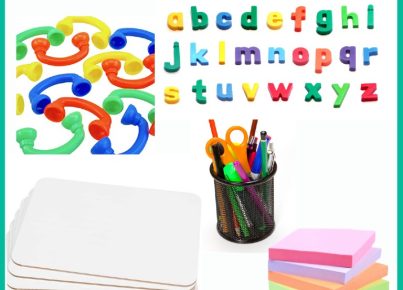Introduction:
The ability to understand and employ sequencing is a crucial skill for both reading and writing. It allows students to comprehend narratives, formulate coherent compositions, and improve their overall communication abilities. In this complete guide, you will discover practical strategies and activities for teaching sequencing in reading and writing.
1. Begin with simple activities
Introduce sequencing to your students through simple, everyday activities. For instance, ask them to arrange events from their morning routine or organize the steps involved in making a sandwich.
2. Use visuals to support understanding
Create engaging visual aids such as flowcharts and story maps that visually represent sequence events. These graphics can help students grasp the linear nature of storytelling and written work by depicting events in an organized manner.
3. Teach technical vocabulary
Introduce essential terminology related to sequencing, such as first, next, finally, after that, and then. Encourage your students to incorporate these terms in both their spoken and written language.
4. Read stories with a clear sequence
Choose books or stories with well-defined chronological structures for reading practice. As your students follow along or read independently, ask them questions about the order of events and encourage discussions about cause and effect relationships.
5. Create hands-on sequencing activities
Incorporate interactive games involving sequencing into your lessons. For example, provide students with jumbled images or sentences representing a story or process, tasking them with arranging the elements in the correct order.
6. Establish a connection between reading and writing
Emphasize the importance of sequencing in both reading comprehension and writing skills by guiding students through structured writing activities based on a sequence of events they have read about or observed.
7. Encourage peer collaboration
Group activities can be effective in enhancing students’ understanding of sequencing concepts. Organize group projects where students collaborate to create their own sequences or put existing ones back together.
8. Use graphic organizers for writing
Introduce students to graphic organizers such as storyboards, outlines, and hierarchical charts as tools to plan their writing. These visual aids can help students fully develop their ideas and maintain a clear sequence in their compositions.
9. Assess and provide feedback
Regularly assess your students’ progress through evaluations of their written work and class discussions. Offer constructive feedback on the organization and flow of their ideas, paying close attention to sequencing elements.
10. Foster a growth mindset
Encourage your students to develop a growth mindset regarding their sequencing abilities. Praise effort, perseverance, and improvements in understanding, emphasizing that mastery is a continuous process.
Conclusion:
Teaching sequencing in reading and writing may seem like a complex undertaking; however, with patience, consistency, and a diverse range of strategies, you can efficiently equip your students with this essential skill. By incorporating activities that foster understanding, confidence, and collaboration, you will ensure the development of strong readers and writers who are well-versed in the art of sequence mastery.




